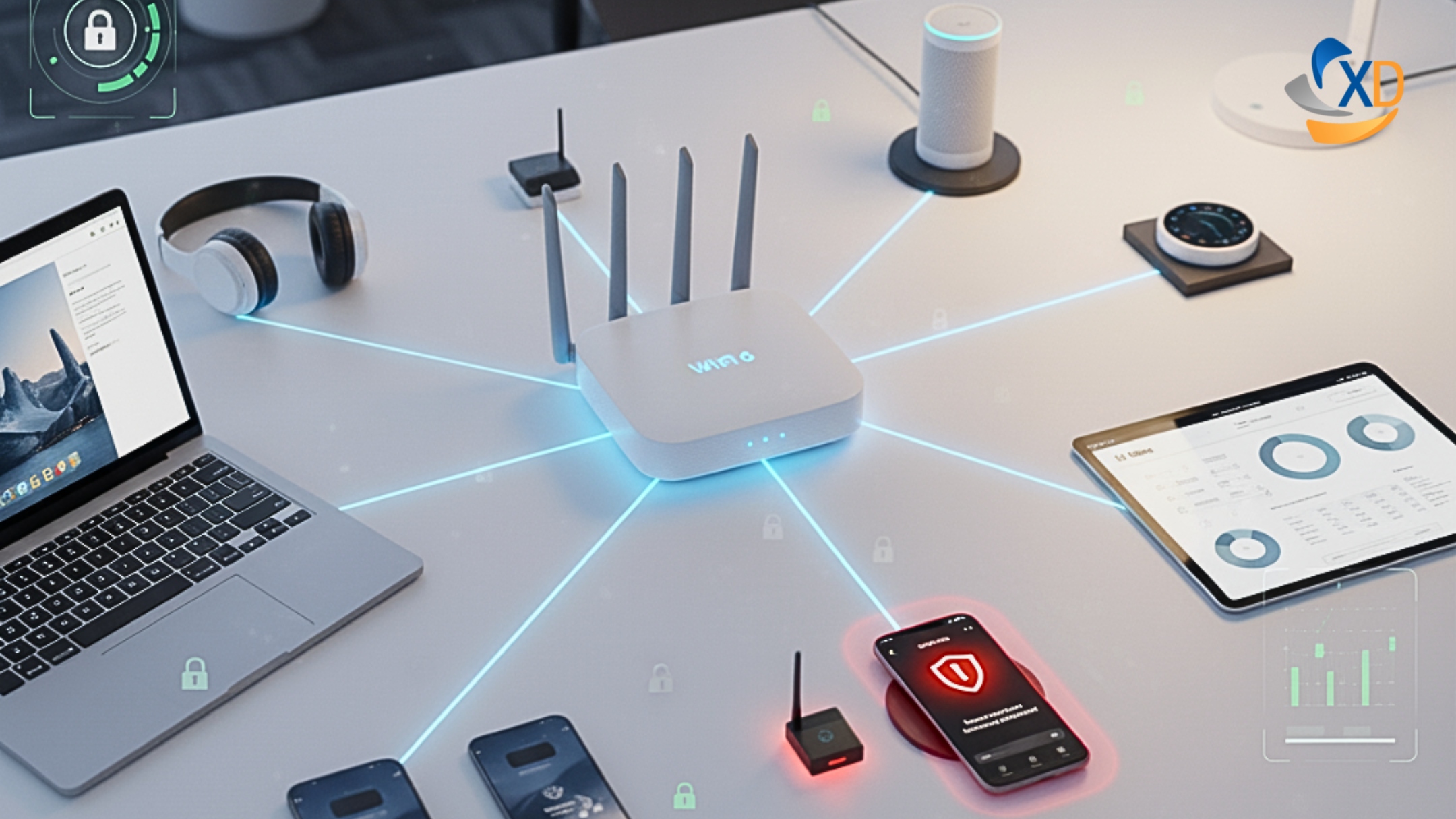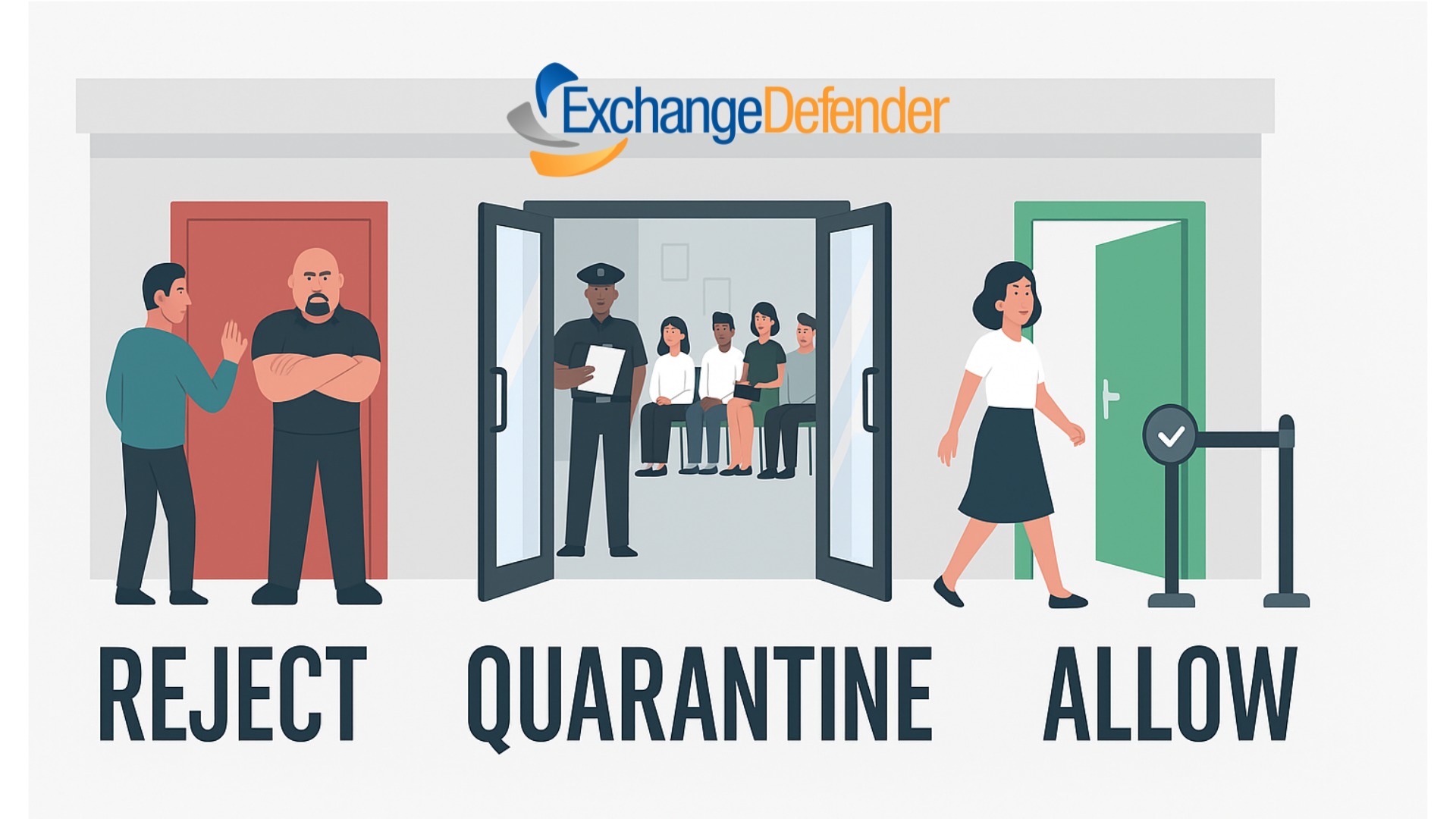Fuzzing 101: Uncovering Software Weaknesses Before Hackers Do
In today’s digital world, software security is paramount. Malicious actors are constantly searching for vulnerabilities in applications to steal data, disrupt operations, or launch cyberattacks like the recent auto industry software cyberattack on CDJR. To stay ahead of the curve, businesses need a robust security strategy that includes fuzz testing, also known as fuzzing.
What is Fuzzing?
Fuzzing is a software testing technique that involves feeding a program invalid, random, or malformed data as inputs. The goal is to see how the program reacts to unexpected inputs and uncover potential bugs and vulnerabilities. Imagine testing a lock by trying different keys. Fuzzing is like trying random objects, not just keys, to see if they open the lock (the program) in unexpected ways.
How Does Fuzzing Work?
A fuzzer, a specialized tool, automates the fuzzing process. It takes a program as input and generates a vast number of test cases with various types of invalid data. Ideally, the program will crash or exhibit abnormal behavior when encountering this unexpected input. This abnormal behavior indicates a potential bug or vulnerability that needs to be addressed.
Benefits of Fuzzing for Businesses
- Uncovers Hidden Bugs: Fuzzing can find bugs that traditional testing methods might miss, especially those related to unexpected user inputs or external data sources.
- Improves Software Robustness: By identifying and fixing vulnerabilities, fuzzing helps make programs more resistant to cyberattacks and data breaches. Proactive patching of these vulnerabilities minimizes the risk of costly security incidents.
- Automation: Fuzzing tools can be automated, making it a relatively cost-effective way to test software compared to manual methods.
Why ExchangeDefender Recommends Fuzzing
At ExchangeDefender, we understand the importance of comprehensive email security. Malicious actors often target email systems with phishing attacks and malware-laden attachments. Fuzz testing email security solutions helps ensure they can withstand these attacks and protect your organization’s data.
Combining Fuzzing with Other Security Measures
While fuzzing is a valuable tool, it’s not a silver bullet. A layered security approach is crucial for optimal protection. Here are some additional security measures to consider:
- Email filtering: Block spam, phishing attempts, and malware before they reach your inbox.
- Data encryption: Protect sensitive information both in transit and at rest.
- User education: Train employees to identify and avoid phishing scams.
By combining fuzz testing with other security measures, businesses can significantly improve their software’s robustness and create a more secure email environment.
Ready to Learn More?
ExchangeDefender offers a comprehensive suite of email security solutions designed to protect your organization from evolving cyber threats. Contact us today to learn more about how we can help you safeguard your email data!





